How the invention of the pH scale changed beer forever
When the scale to measure the pH level of beer was invented by a chemist in the Carlsberg research laboratory, it was shared with brewers around the world. As the Great British Beer Festival kicks off, Mick O’Hare tells the story

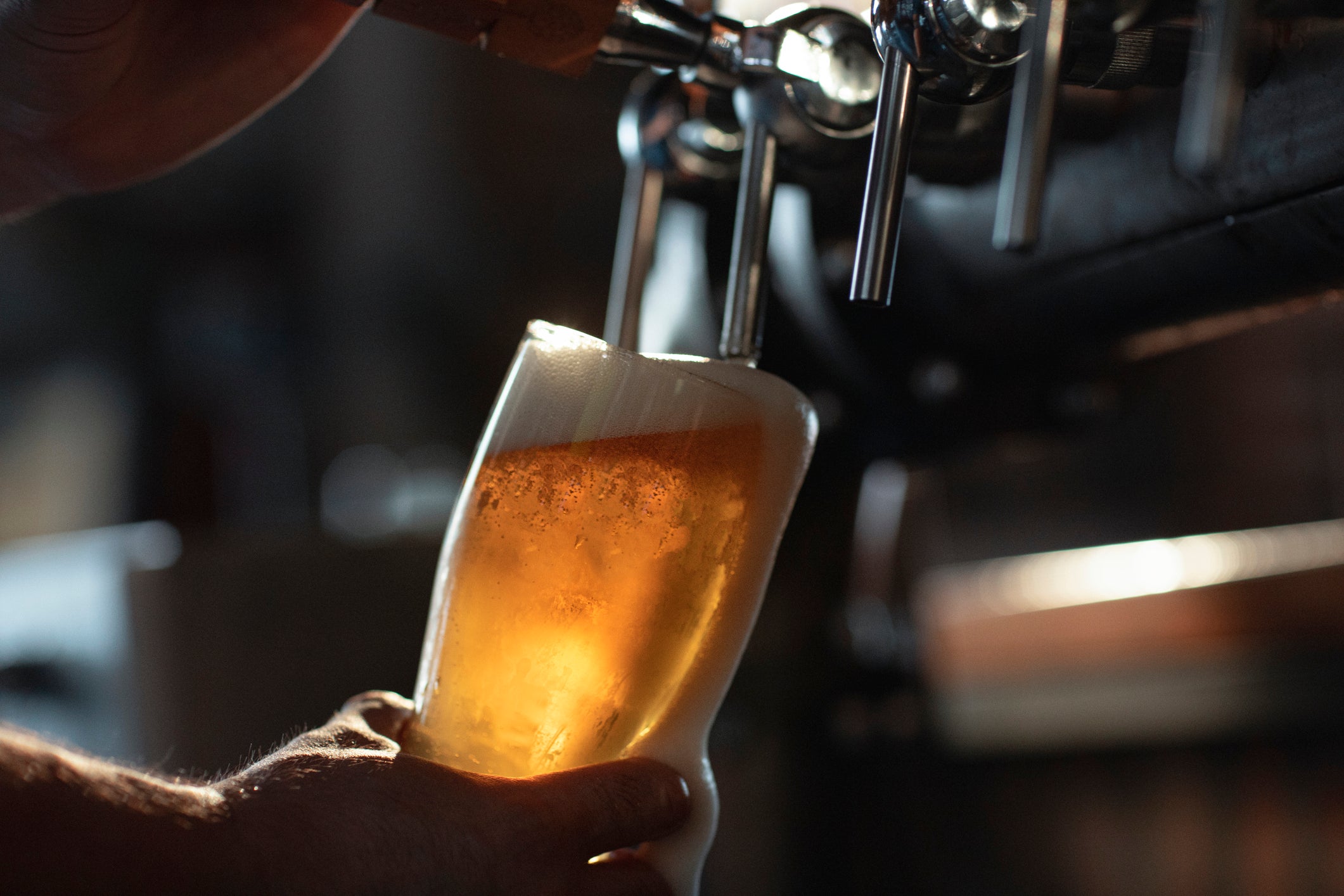
Do you remember any chemistry from your schooldays? Dipping litmus paper into a liquid to see whether it was acid or alkali? If it was an acid the paper turned red, which meant its pH measurement was low, but if it was an alkali it turned blue, meaning its pH was high. Or was it the other way around? And what was pH? What do you mean you can’t remember... or you don’t care, even if you can?
OK, let’s make this a little bit more interesting. The Great British Beer Festival returns to London Olympia this week. Like so many events during these last two years, it has been a victim of Covid. But now the nation’s celebration of our favourite drink is back and delicious beers from porter to IPA, from amber ale to stout, will be downed by enthusiastic aficionados. But those beers might not be so delicious were it not for that pH scale.
Without knowing its pH, your beer could taste decidedly off. Which is what happened frequently before the turn of the 20th century, until a clever chap at the Carlsberg research labratory in Copenhagen invented a scale to measure it. And he invented it solely to make beer taste better. Paying attention now? And it wasn’t all that emerged from Carlsberg as we’ll see.
Carlsberg is, of course, not real ale – the very drink the Great British Beer Festival celebrates. Instead. it’s what the English-speaking world calls a lager. More correctly, it’s a pilsner, the English term arose because pilsners undergo a period of maturation known in German as lagering. But Carlsberg’s contribution to beer chemistry is pretty much planet-wide.
Back in the 19th century, brewing was a hit-and-miss affair. Any number of contaminants – bacteria, wild yeasts, fungus – could disrupt your brew. And even if you didn’t end up pouring the batch down the drain, beer – even from the same brewery – varied so much that drinkers could never be sure what the drink in their tankard was going to taste like.
This bothered JC Jacobsen, the founder of Carlsberg. So much so, he set up the Carlsberg Research Laboratory in 1876 to figure out how to make his beer better and more consistent. Jacobsen had read Louis Pasteur’s treatise on hygiene in food and drink production and set about putting his principles into practice. The laboratory is still open today and Jesper Harholt is now its senior scientist.
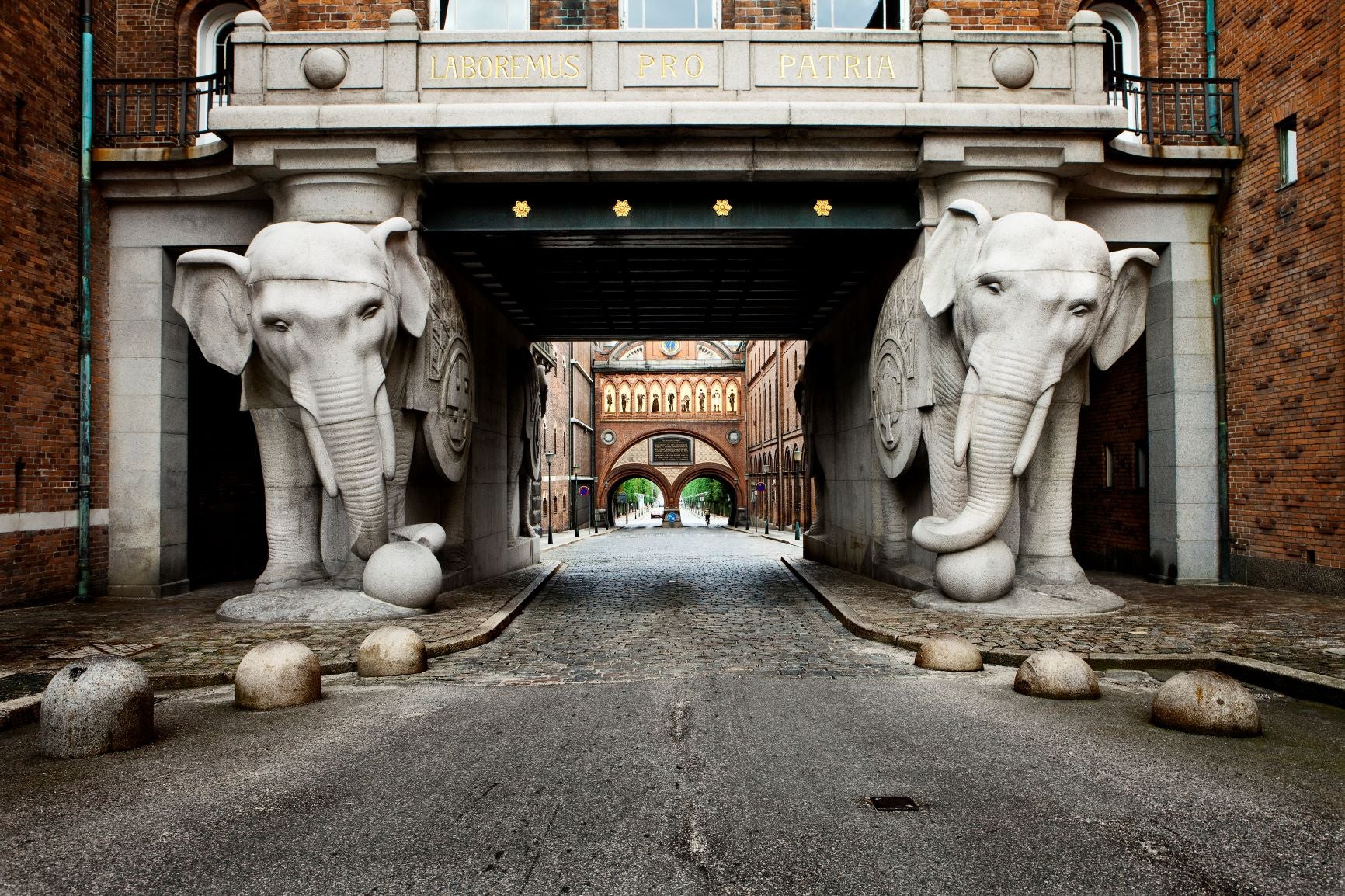
“Back then too much beer was being spoilt and thrown away,” Harholt says. “But with the rise in industrialisation and the consistency it was bringing to any number of products, beer drinkers too were demanding uniformity. They didn’t want their beer to taste different from one week to the next.”
“And as the industrial revolution developed,” adds beer writer and historian Roger Protz, “it was critical for breweries to be able to supply reliable beer to the rapidly growing army of thirsty industrial workers.”
Søren Sørensen was appointed head of the laboratory’s Chemical Department in 1901. “He realised that enzyme activity while beer was being brewed was crucial,” says Harholt. “The enzymes turn the starches in malted barley into sugars. But this process wasn’t easy to control. However, Sørensen realised that if acid was added to the wort – the liquid extracted from the mashing process during brewing – it increased enzyme activity. But if too much was added it began to decrease again. He needed a way to measure the optimum point, where the acid level is perfect for enzyme activity.”
Jacobsen was something of a brewing benefactor. His intent behind the Carlsberg laboratory was to ensure all beers, not just his own, were consistent and drinkable
In the 1890s, Latvian chemist Wilhelm Ostwald invented a system using electrodes to measure the number of hydrogen ions in a solution, but Sørensen’s great success was expressing this in a simple-to-use scale. It relies on the fact that acids release hydrogen ions when combined with water, as in the brewing process, whereas alkaline compounds combine with hydrogen ions in the same conditions. In 1909 he worked out the equations necessary to measure these concentrations using negative logarithms (no electronic calculators in his day) and he called it the “power of Hydrogen” (sometimes “potential of Hydrogen”) or pH, scale. It’s now a global scientific standard.
The scale runs from 0-14 with the strongest acids at the bottom of the scale and the strongest alkalis at the top. Water is neutral and falls at number 7. Because the scale is logarithmic each unit on the scale changes by a factor of 10 meaning a substance with a pH of 3 is ten times more acidic than one of pH 4 and a hundred times more acidic than one of pH 5. The beauty of Sørensen’s scale is that it takes such complex calculations and makes them simple to grasp, so simple it is taught in primary schools.
Your own tongue is a keen tester of pH. We are especially good at sensing pH in the range from neutral (pH 7) and downwards. Compare avocados and lemons. The former have a pH of around 6.5 while a lemon is 2.3. And you notice the difference. But more accurate is that litmus paper test you did at school. Dip the paper into acidic vinegar and it will turn red, dip it into ammonia, an alkali, and it will turn blue. Dip it into neutral water and it turns purple.
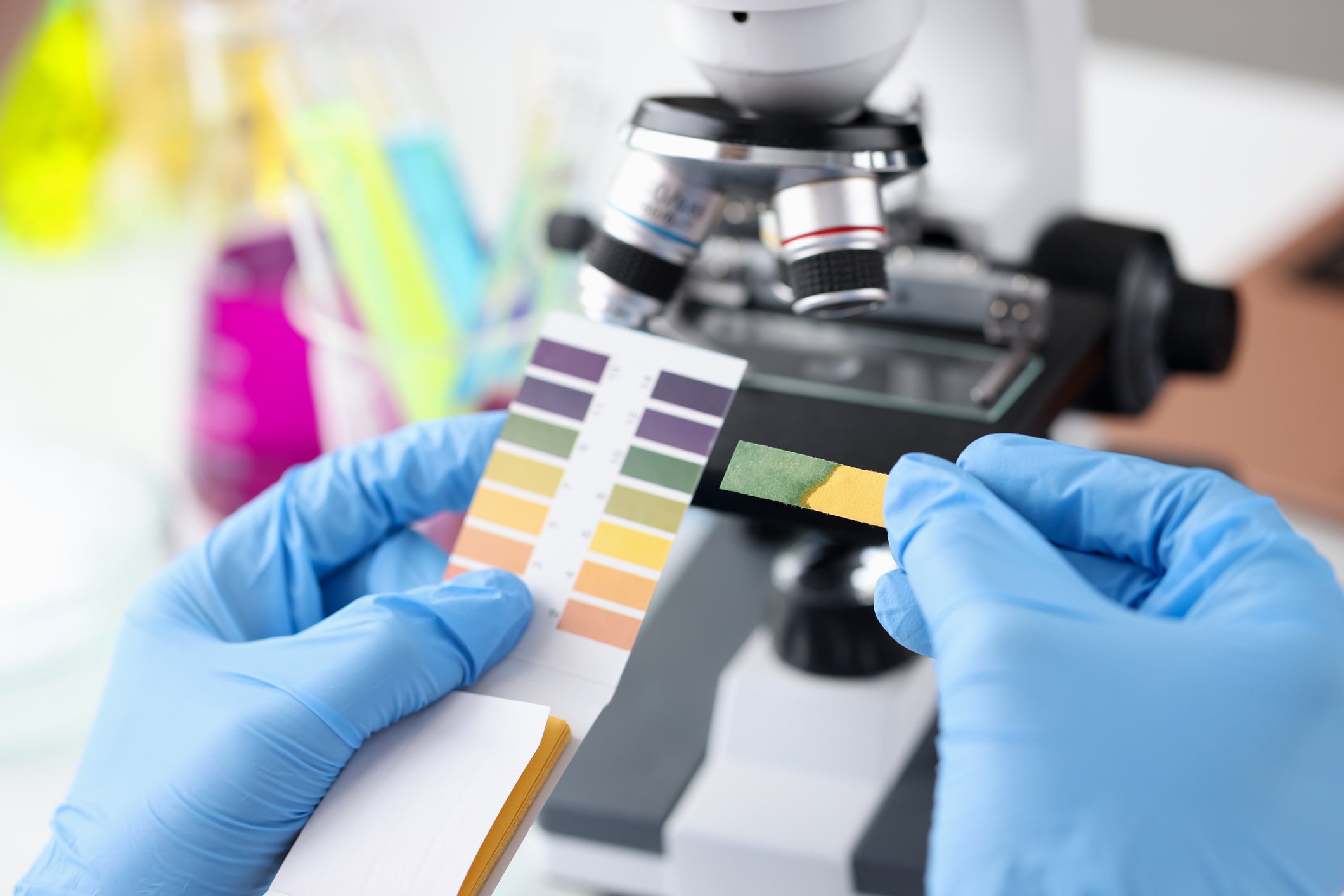
“Sørensen figured out that the optimum pH of Carlsberg wort is 5.5,” says Harholt, “which meant he could adjust the wort by adding or subtracting acids to get the optimum measurement.” By the time Carlsberg’s beer is bottled or put into kegs the pH is down to 4.1, although other beer styles will have different pHs. For example, sour beers, a speciality of some parts of Belgium, have a pH as low as 3.2.
Jacobsen was something of a brewing benefactor. His intent behind the Carlsberg Research Laboratory was to ensure all beers, not just his own, were consistent and drinkable, and to that end all research conducted at the lab was deemed to be open-source. The pH scale was made available to all brewers around the world, and it is still used today. If you visit Olympia in August just ask any of the GBBF exhibitors; they’ll tell you they use it daily. “Jacobsen was very proud of his status as a beer philanthropist,” says Harholt.
And that philanthropic spirit meant that pH has uses that have spread way beyond the brewer’s mash tun. It has countless applications in the wider world. In medicine it is used to test bodily fluids, not least blood where a pH of 7.35 to 7.45 is the normal range. It can detect kidney or liver failure, diabetes and urinary tract infections. It is also used widely in agriculture, oceanography, battery design, the treatment of drinking water and for protecting the hulls of ships and exteriors of aeroplanes against corrosion.
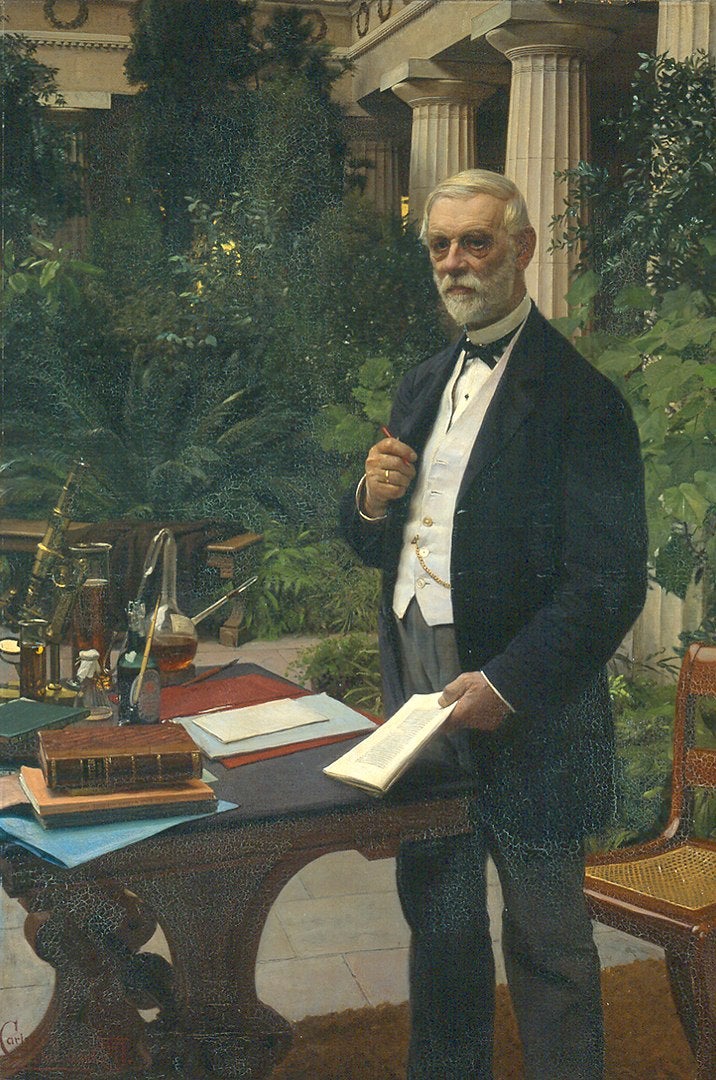
Despite his work, Sørensen never won the Nobel Prize for Chemistry, despite being nominated more than 10 times. Maybe he should have, and perhaps his erstwhile colleague Emil Christian Hansen had an equal claim. The pH scale wasn’t the only significant brewing advancement to emerge from that laboratory.
“In the late 1880s bacteria, yeasts and the whole field of microbiology was just beginning to be understood,” says Harholt. “Pasteur had alerted the drinks industry to the importance of sterilisation and brewers were starting to realise there were things out there that were biologically active and that we couldn’t actually see but they could damage your beer.”
Hansen had already picked up a degree in natural history which had led to him producing the first Danish translation of Charles Darwin’s Voyage of the Beagle. Fortunately for beer lovers, he did not rest on his laurels. In 1877 Hansen’s interest in the burgeoning world of microbiology brought him to the attention of Jacobsen who had just set up his new laboratory. Hansen would remain at the brewery for the rest of his life.
Both men were fascinated by Pasteur’s work and Hansen was given the task of writing a doctoral dissertation on the micro-organisms that could be found in beer. He discovered that not only bacteria but wild yeasts, which infect brewers’ yeasts, were the source of beer spoilage. Once these wild yeasts had entered your brewery your beer would go on being spoilt. Jacobsen appointed him head of the laboratory’s Department of Physiology and he set about fixing the problem.
Jacobsen was aware Hansen’s research could revolutionise beer production around the world and once more sent out samples to brewers free of charge
Hansen, having learnt that Carlsberg’s original yeast strain had arrived from the Spaten brewery near Munich 40 years earlier, travelled there to get a fresh specimen. On return, he set about creating a totally pure sample. He would place a single drop of yeast solution on a microscope slide. He then counted how many yeast cells were in the single drop. If there were 30 he would dilute the solution by 30 times meaning that, on average, each new drop would contain only one yeast cell, which he deemed to be pure and from which new, uncontaminated, yeast cultures could be grown. “He had found a way to produce the perfect, consistent yeast sample,” says Harholt.
But now he was under pressure to make this research pay off. In 1883 batch after batch of Carlsberg’s beers were emerging spoilt. “Yeast sickness, is killing my business,” Jacobsen despaired. But Hansen came through. On studying his new sample of Spaten yeast he realised that over the four decades Carlsberg’s yeast was now a hybrid of the Spaten original and an imposter wild yeast. He isolated the latter, brewed a beer with it, and realised it was this imposter yeast – later tracked down to a nearby orchard – that was making the beer taste bad.
He renamed the Spaten original Saccharomyces carlsbergensis (after the brewery), or Carlsberg Number 1 yeast, and using his diluting-purifying method isolated a pure version. Brewing could begin again without contamination. The first uncontaminated batch was brewed on 12 November 1883. “The work at Carlsberg – both on yeast and pH – was of fundamental importance,” says Protz. “Crucially it also enabled beer to be brewed all year round, not just seasonally.”
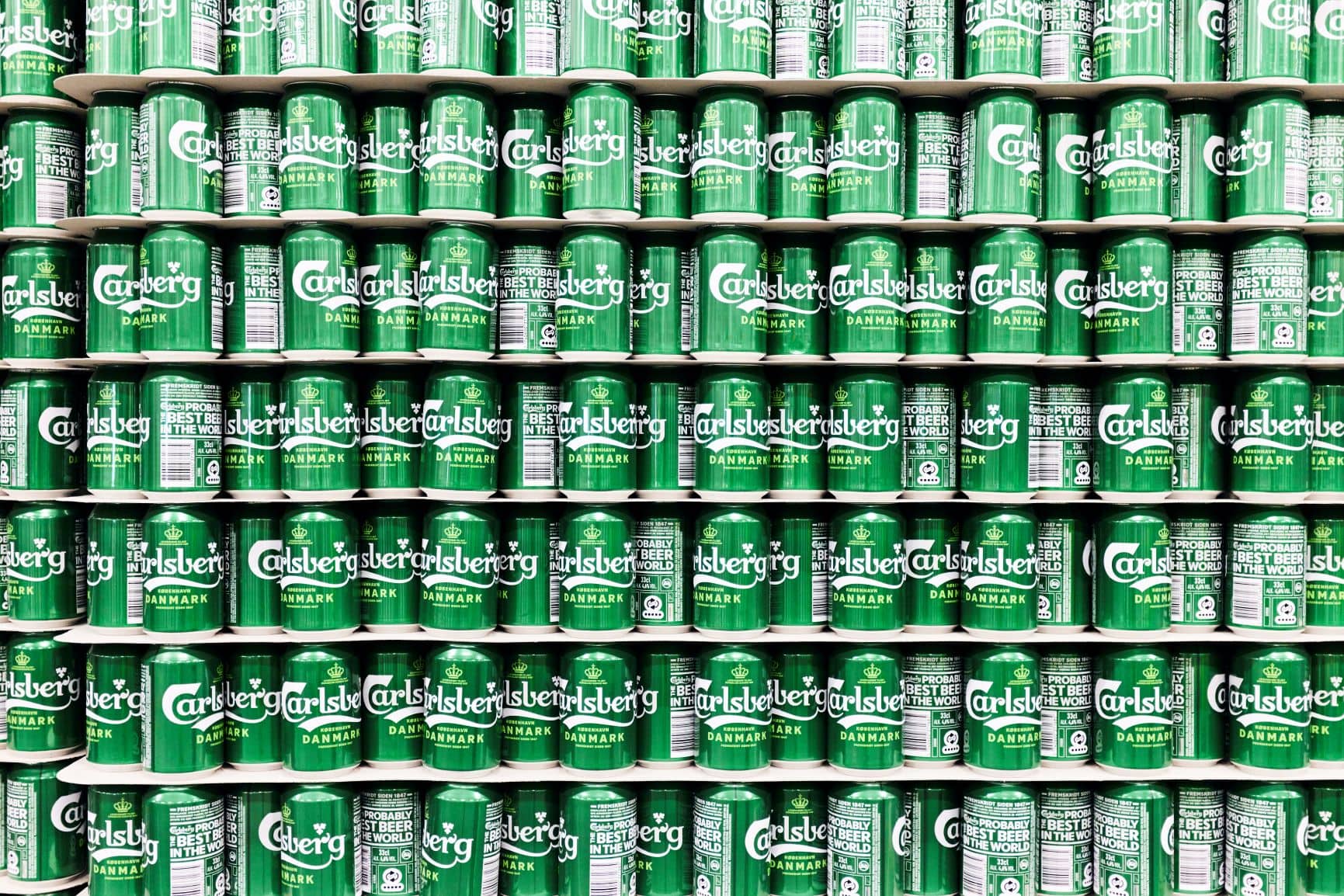
Jacobsen was aware Hansen’s research could revolutionise beer production around the world and once more sent out samples to brewers free of charge. He also provided the details of the Carlsberg vessel or flask Hansen had devised for propagating yeasts. Within months beer spoilage was becoming a thing of the past. “What makes this yeast perfect for lager beers is that it produces a clean pilsner flavour,” explains Harholt.
As we now know, yeast cultures and brewing equipment are very easily contaminated meaning that it can also make poor beer too, sometimes with a distinctive “horse-saddle” aroma caused by wild Brettanomyces yeasts; not what anybody would want when sipping a glass. This means Carlsberg Number 1 or any other beer yeast has to be propagated from a clean starter culture. Clean equipment is vital. “Sterilisation makes the difference. The difference between a good brewer and a bad one is that a bad brewer makes good beer only some of the time,” quips Harholt.
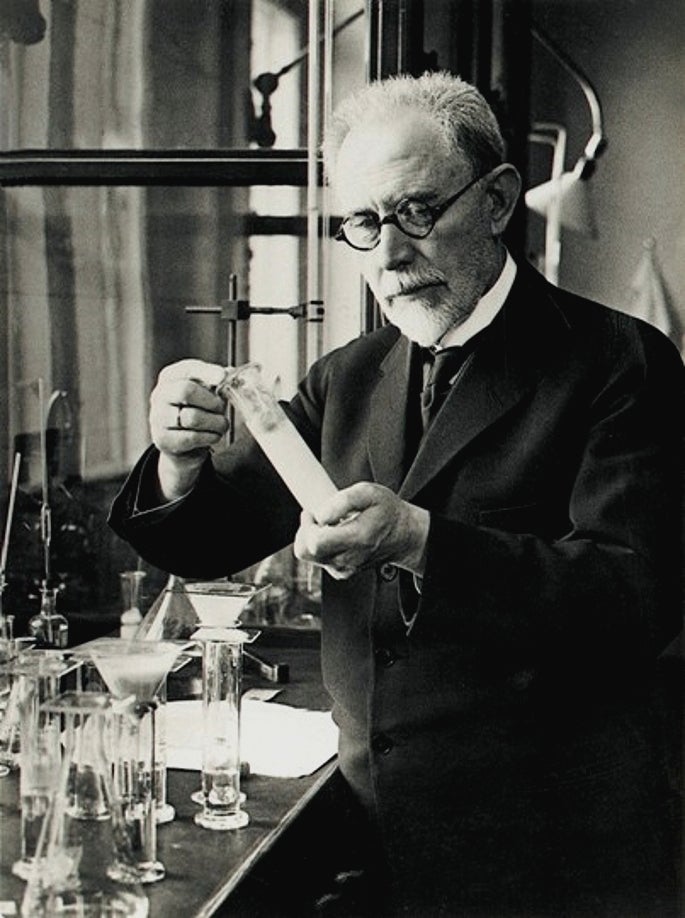
By 1888 nearly all major breweries in Scandinavia were using Carlsberg Number 1, and by 1900 it had spread to the rest of Europe, North America and Russia. Fermentation scientists, brewers and even bakers were heading to Copenhagen to learn the Hansen method of isolating pure yeast strains.
In 2018 Carlsberg released a beer to celebrate Hansen’s legacy. They used yeast from old bottles found in a cellar from that first year of Carlsberg Number 1 brewing. “The beer was darker, more like a Vienna lager,” says Harholt. “And it tasted different because the brewery had another water supply in 1883 and we used old-fashioned methods to germinate the malt. But if that’s how Hansen’s first beer turned out then it was a very good beer.”
“I tasted the beer at the brewery when it was launched,” adds Protz, “I think drinkers of modern Carlsberg would be surprised. It has a rich slightly fruity and caramel character.”
Taxonomy law dictates that the first discoverer of a new species has the right to name it, so Hansen’s name for the yeast Saccharomyces carlsbergensis has since fallen into disuse (although arguments still rage over whether it is indeed a species in its own right) after it was discovered that a German, Max Reess, has precedence dating back to 1870. It now goes under the name Saccharomyces pastorianus.
Nonetheless, even though the yeast no longer shares its name with the brewery, Hansen’s contribution to beer is immeasurable and on his death in 1909 ensured a rare full-page obituary in Nature. That year was, of course, the year Sørensen published his work on the pH scale.
Were their contributions to brewing perhaps the most important ever seen? Well, probably.
Join our commenting forum
Join thought-provoking conversations, follow other Independent readers and see their replies
Comments



Bookmark popover
Removed from bookmarks